Future Energy World - Solar Energy
 Mar 19,2024
Mar 19,2024
 51
51
 sunchees solar system
sunchees solar system
Where should we start? Let's start with the sun
The energy of the sun is so great that you can't imagine many people's initial impression of the sun, which is the "sun father-in-law" in textbooks, amiable, a warm big ball of light. But the real sun is much more violent than this. It is a hot gaseous sphere with a diameter more than 100 times that of Earth. At every moment, it undergoes nuclear fusion reactions inside, constantly radiating immense energy outward. How huge is it? According to popular science articles of the Chinese Academy of Sciences, the energy radiated by the sun every second reaches about 3800 billion trillion joules.
Equivalent to the total energy released by the complete combustion of over 100 billion tons of coal. Only one part of its energy, 2.2 billion, has reached the Earth's atmosphere. But even so, the energy that the Earth receives per second is close to 50 billion degrees. What is this concept? According to Xinhua News Agency, the Three Gorges Power Station has been in operation for 20 years, generating over 160 billion kilowatt hours of clean electricity. That is to say, if humans could utilize all the solar energy that reaches the Earth, in less than 40 seconds, it would be equivalent to the amount of electricity generated by the Three Gorges Dam for 20 years, and one hour would be enough energy for humans to use for one year.

What do you feel when you hear this set of data? My feeling is, my goodness. The sun, surprisingly, has so much energy. The potential of solar energy is also too great. That's right. Solar power generation, especially photovoltaic power generation, does have significant potential. Compared to fossil fuels, it has almost no carbon emissions and air pollution. Moreover, solar energy is readily available and the required power generation equipment occupies a small area, making its application flexible. Compared to other renewable energy sources, photovoltaic power generation can directly convert solar energy into electricity with minimal losses. Speaking of this, some people may say, "Hi, after talking for a while, what clean energy, what photovoltaic power generation, isn't it just the few solar cells on the rooftop and in the shared bicycle basket?"? Is this thing very powerful?
Behind photovoltaic power generation lies a highly industrialized industrial chain. Because behind photovoltaic power generation, there is a highly industrialized industrial chain. There are four core links. Polycrystalline silicon, silicon wafers, batteries, module.

Silicon. Is it a bit familiar to the eyes? Yes. To produce solar cells, the raw material required is silicon, which is also the fundamental material for the most important "brain" - chips in mobile phones and computers. However, for chips, the required silicon purity is much higher than that of solar cells. The purity of silicon materials used in photovoltaic power generation can reach up to "11 9s", which means the purity of key impurity elements in the product reaches 99.999999999%. There are 11 9s in total. However, "only 11 9s" is an unimaginable high-purity material for ordinary people. How can we obtain such high-purity silicon? This is also the beginning of the photovoltaic industry chain, polycrystalline silicon. It is the upstream of the entire industry chain, where a large amount of quartz rock and ore are reduced and purified to obtain high-purity polycrystalline silicon, also known as silicon material.

This is also the first step that many netizens jokingly refer to as "making chips with sand". At this point, it's far from over. Polycrystalline silicon is a material composed of multiple single crystal grains, with clear "grain boundaries" between the grains, which affects the efficiency of electrons passing through them and "drags down" the power generation efficiency of the final product. What should we do? Find a way to extract monocrystalline silicon. How to extract it? Let it grow on its own. Grow it out? Can crystals grow on their own? Can. First, melt the polycrystalline silicon and find a seed of monocrystalline silicon. Let the seed continuously rotate and come into contact with the molten silicon material. Then, slowly pull up this seed, and it will gradually grow into larger monocrystalline silicon. This is a commonly used method for preparing monocrystalline silicon, the Czochralski method.

However, such a large silicon rod cannot be used on solar cells yet. So, it also needs to be chamfered and cut into thin square silicon wafers.
How thin is it? 130 microns thin. In the future, it may be even thinner. What is this concept? A strand of hair, approximately 60-90 microns thick, on a regular A4 paper, approximately 100 microns thick. That is to say, when this silicon wafer is cut out, it is probably less than two hairs thick and one piece of paper thick. Then, the silicon wafer undergoes a series of complex processes, such as silicon surface etching to eliminate damage caused by cutting, velvet making, increasing secondary reflection of light, and so on. In the end, silicon wafers became solar cells that could output current under illumination.

But do you remember? The battery cells are too thin, only over 100 micrometers, which is 0.1 millimeters. Just take it out and use it, it accidentally broke. So, what should we do? Encapsulate it. Coating, protect one layer with EVA material, then protect one layer with tempered glass, and seal the frame. At this point, what we can see in daily life, photovoltaic modules, a basic unit for converting photovoltaics, have finally emerged. It's really amazing. Unexpectedly, behind a small solar panel lies such a complex and powerful industrial system. However, our photovoltaic industry is not as strong as it was from the beginning. To be so powerful today, with such a developed industrial system, there are countless ups and downs behind it.
According to an interview with the Daily Economic News, Liu Hanyuan, Chairman of the Tongwei Board of Directors, said that the cost of photovoltaic power generation in China has significantly decreased, and as of now, it has dropped to within 0.3 yuan/kilowatt hour. During the 14th Five Year Plan period, the cost of photovoltaic power generation will be reduced to below 0.25 yuan per kilowatt hour, which will be lower than the majority of coal-fired power generation. What does this mean?
It means countless entrepreneurial opportunities are about to explode. With the reduction of photovoltaic power generation costs, the business of photovoltaic power has finally gained profit margins. For example, building a power plant. When the cost of photovoltaic power generation is lower than that of coal-fired power, if sold to the grid at the same grid price, there is more profit margin. More characters will gradually emerge in this process.
This is just the beginning, there will be more and more opportunities in the future. Because the core indicators of the photovoltaic industry are still being continuously optimized.
For example, the efficiency of converting solar energy into electricity is constantly improving. From 12% and 13% twenty years ago, to 25% and 26% now, it has doubled. And it continues to increase at a rate of 0.5% per year. For every 1% increase in conversion efficiency, the impact on the overall system cost is approximately 6%. Now, the cost per watt of the power generation system is about 2 yuan. As the efficiency of converting solar energy into electricity continues to improve, the cost of power generation will continue to decrease. Of course, there is still a long way to go before photovoltaic power generation can truly replace coal power generation. Because it is not stable enough, it can only generate electricity when the lighting conditions are good. To compensate for this instability, energy storage is the only way. Store excess electricity during the day and release it at night. With this cost added, photovoltaic may no longer have a price advantage. The road is still long, but I believe that the future is bright. Confidence comes from the continuous progress of Chinese photovoltaics, as well as the high standards and strict requirements that Chinese photovoltaics have for themselves.




 Home
Home Solar Power System Purchased Locally Or iImported From China?
Solar Power System Purchased Locally Or iImported From China?  You May Also Like
You May Also Like
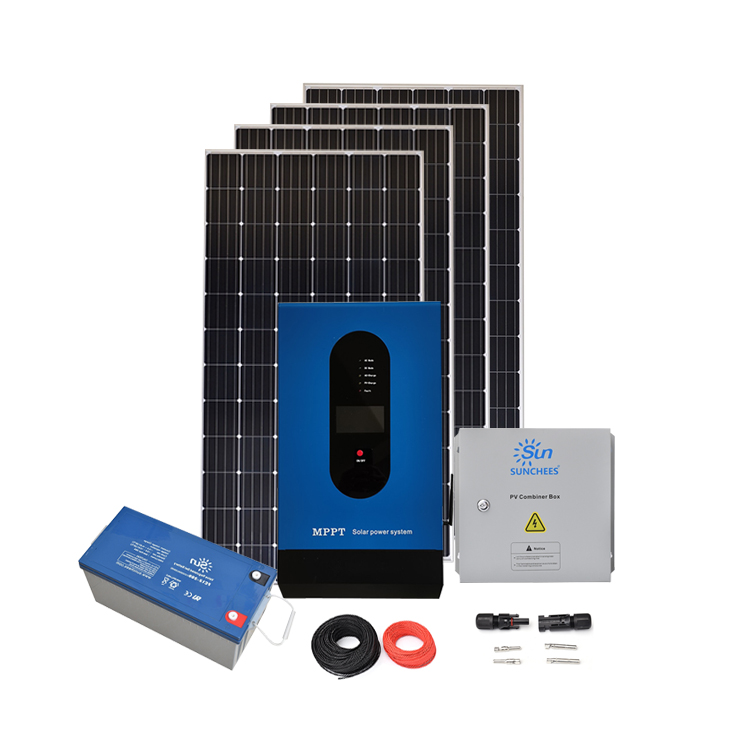

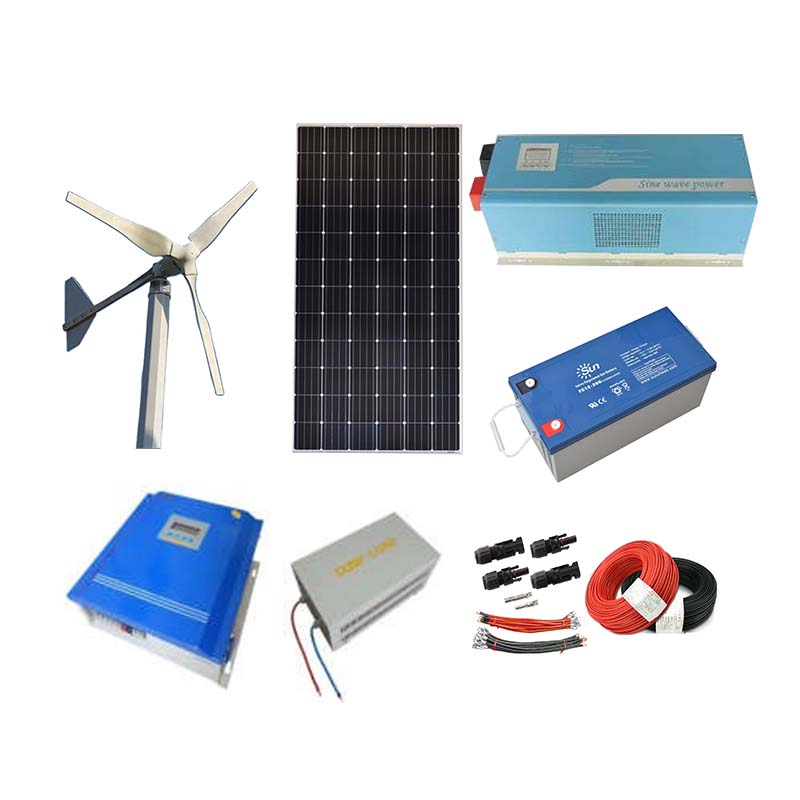
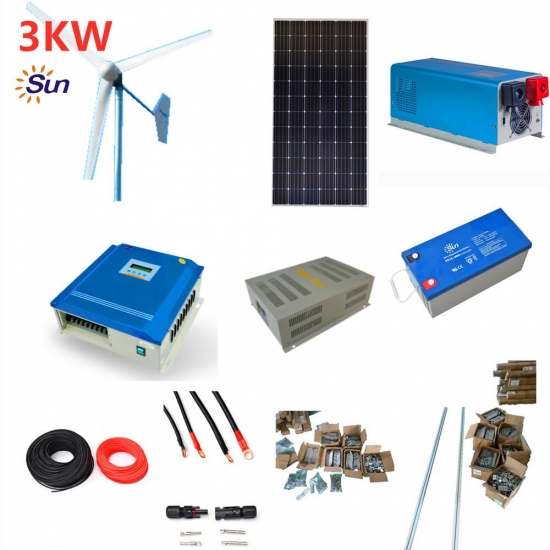

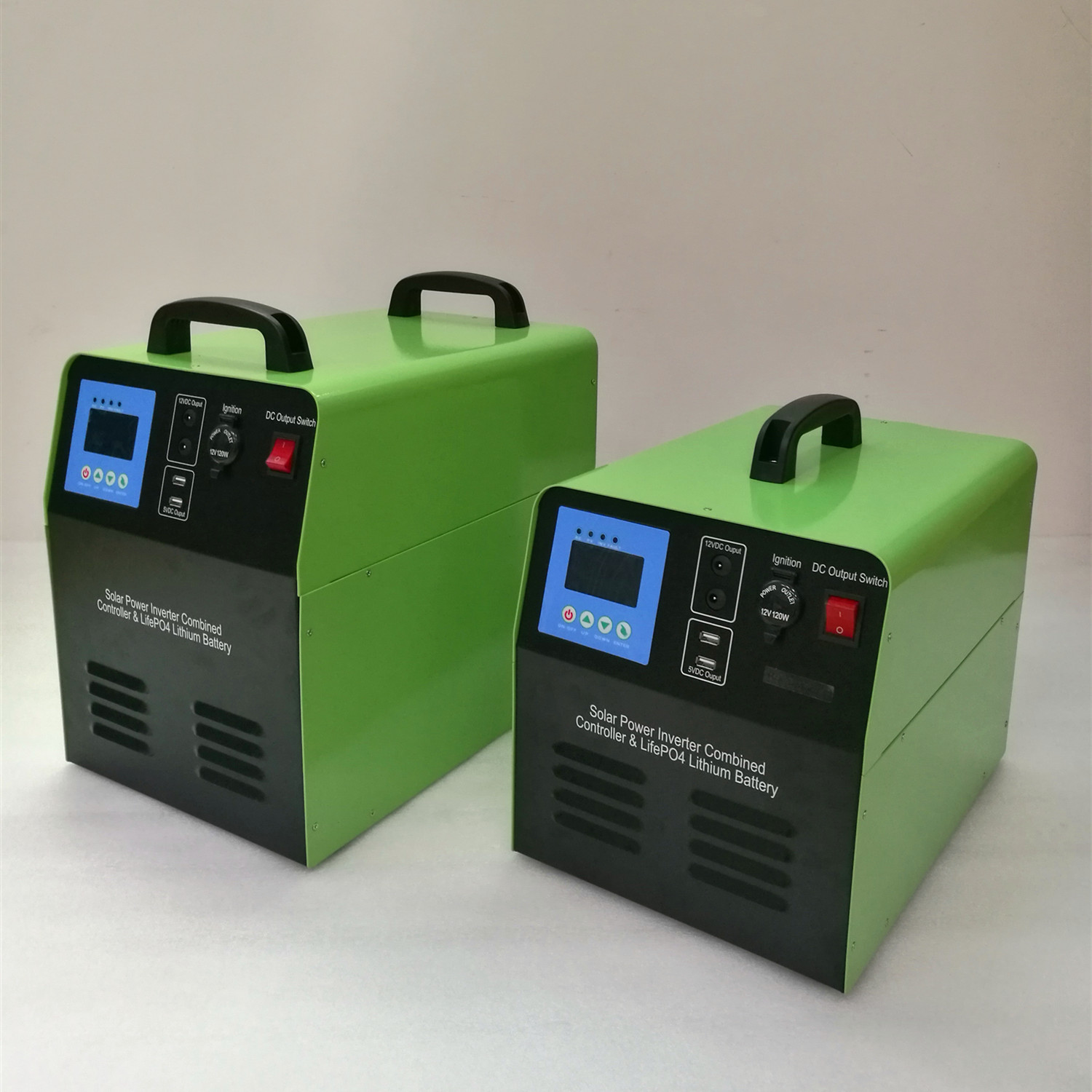
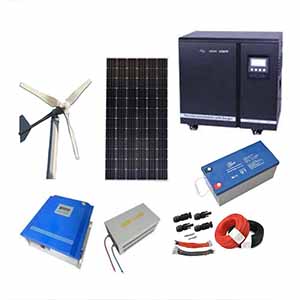
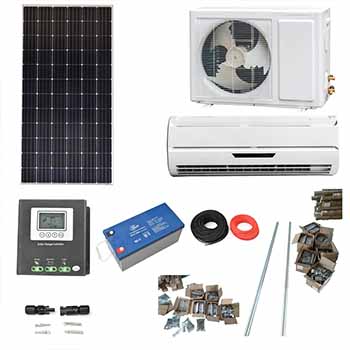
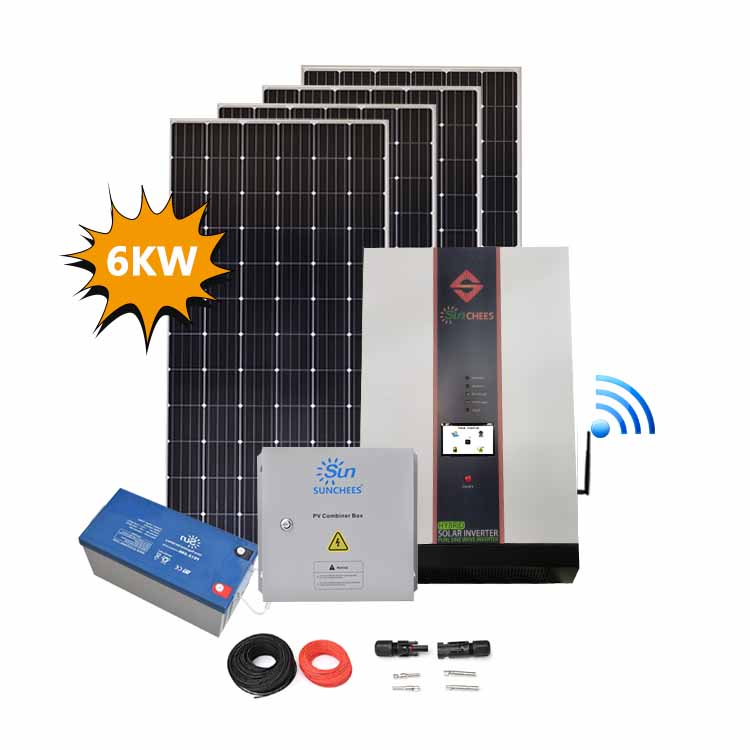

 Tel
Tel
 Email
Email
 Address
Address
















